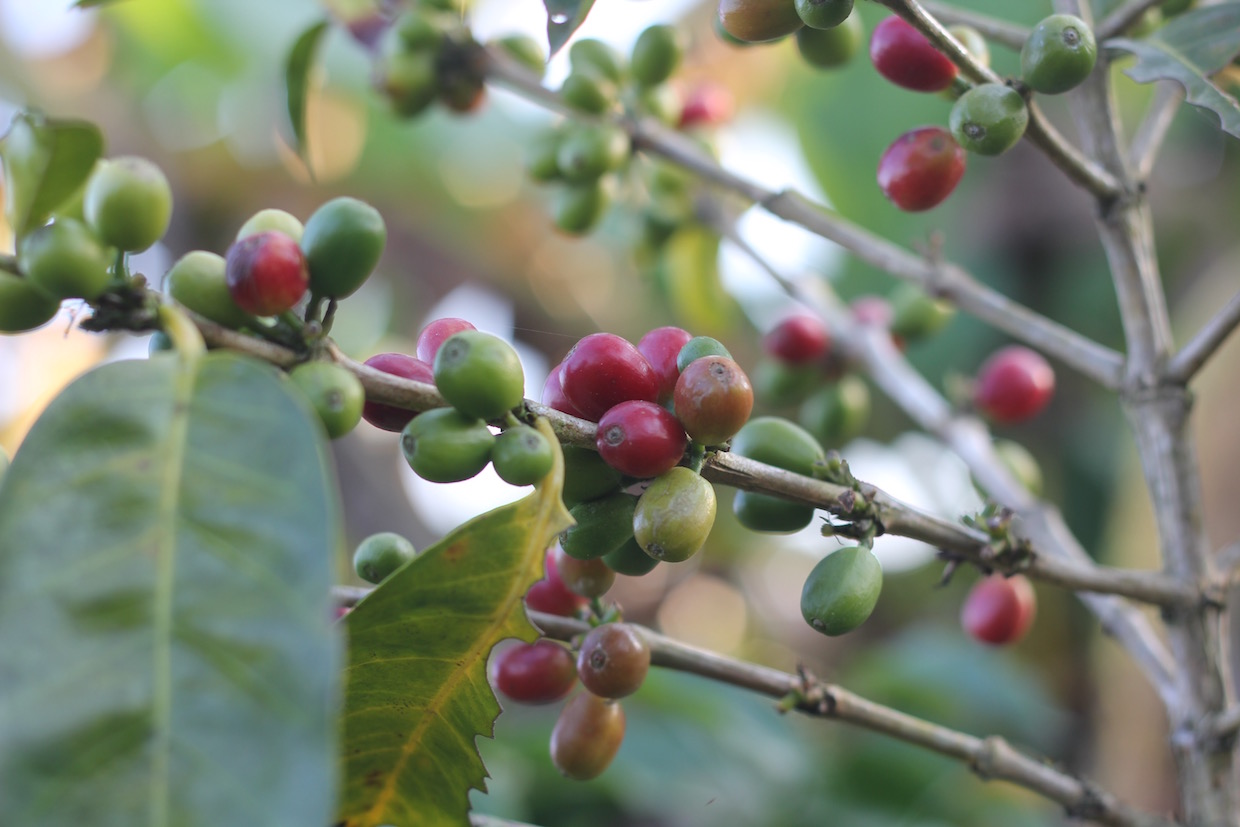It’s been a few weeks since we’ve checked in with Karl Wienhold of the Colombian green coffee trading company Cedro Alto on his coffee economics series.
The series is already up to nine episodes, each designed to explore various complexities of coffee costs and prices in easily understandable ways.
The series hinges upon the concept of transparency, which has gained traction among specialty coffee buyers and roasters as a way to promote more sustainable business practices while appealing to some coffee drinkers’ desires for more ethical consumption.
Previous videos have explored the concepts of farmgate price, FOB price and farmer price, as well as currencies and exchange rates. In his three latest videos, Karl explores the various forms of coffee and how they relate to the prices farmers are actually paid; price transparency at is applies to regional “blender” lots, as opposed to individual microlots; and the role of intermediaries in terms of both supply chain work and cost.
#7: Cherry to Green – Forms of Coffee
From Karl:
Price transparency information presented to roasters normally refers to the green coffee that they purchase. However, coffee producers often do not sell green coffee. Therefore, if a roaster is being told how much of the price they paid for green coffee is going to producers, but producers did not hand over green coffee, it is not a literal price paid, rather a derivative number with a calculation behind it. In order to correctly interpret these derivative price transparency numbers (and see through creative calculations) we must understand the different forms of coffee that producers sell and their conversions to green coffee. This video describes the different forms of coffee that producers could sell, a range of conversion rates to green coffee, and how to set up the calculation to get from cherry to green coffee.
#8: Regional Green Coffee Price Transparency
From Karl:
Why could it be that price transparency information extending down to the farm level is more often available for high-scoring, expensive microlots than for regional or community lots, sometimes referred to as “blenders”? Surely, records exist, or at one time existed, for the sale by producers of coffee that ends up in regional lots. Why, then, is it so seldom expressed? In this video we will examine the concept and value of price transparency for regional or community lots of coffee, why this information is often unavailable, and how it can be recovered or preserved if, in fact, it is valuable to the consumption side of the supply chain.
#9: Green Coffee Costs – The Intermediary’s Cut
From Karl:
This video is about the difference between the producer price and the roaster price. Ever since before “Direct Trade” was a hot buzz-word in coffee, there has been a narrative that intermediaries charge a margin that prevents producers from earning what they deserve, and a corresponding desire to remove intermediaries from green coffee supply chains. In this video, we analyze the costs involved in converting and moving coffee from farms to roasteries and all of the work that needs to be done to make that happen. We argue that the more important than the number of companies providing the necessary services is the efficiency with which supply chain jobs are done, which ultimately determines the difference between producer income and roaster purchase price.







Comment